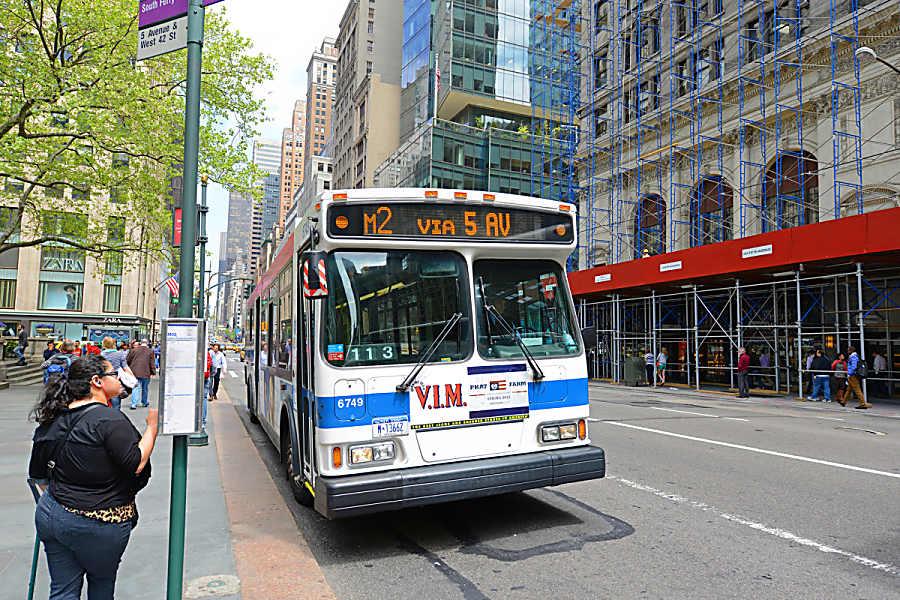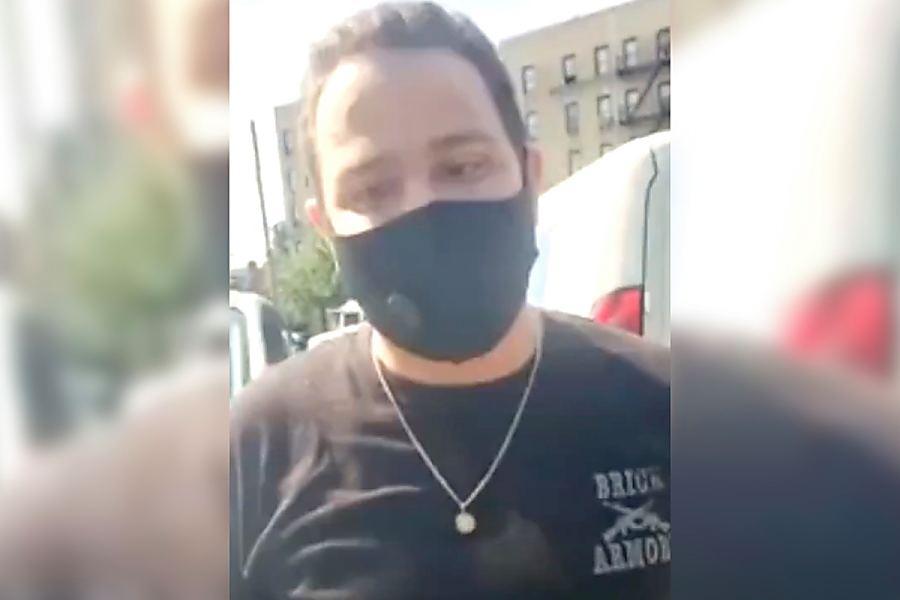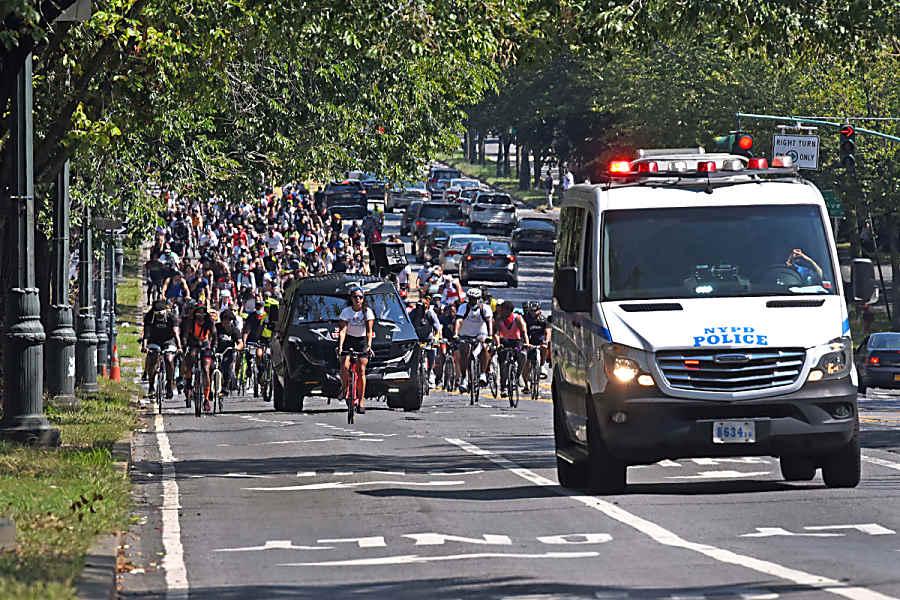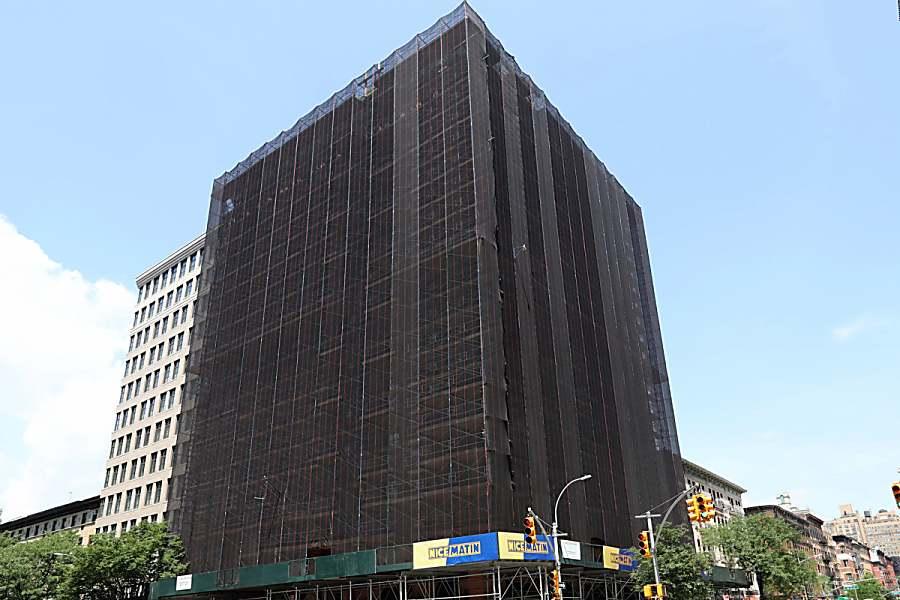Elderly New Yorkers languish on wait lists for critical services amid COVID-19
The pandemic has dramatically increased the number of elderly New Yorkers waiting for help from city-funded agencies — and it will be months before the residents get the services they need, advocates say.
New data from LiveOn NY, a senior advocacy group, shows that the number of older Big Apple residents waiting to receive everything from personal-care help to a lift to the supermarket has soared 265 percent, to 2,936 people, since February.
That figure — fueled by coronavirus fears over venturing out and budget cuts — comes from a survey completed by the 15 non-profit organizations contracted by the city’s Department for the Aging to connect the elderly with needed services through case management, LiveOn NY told The Post.
“It just seems to be growing exponentially,” Allison Nickerson, LiveOn NY’s executive director, said of the wait for services. “It’s catastrophic to people’s lives.”
“You have a virus that specifically is affecting older New Yorkers … and there’s been zero investment in trying to figure that out. In fact, there are cuts,” she said.
Case management is the gateway to senior services and is designed to keep the elderly stabilized and safely living at home so they can stay out of nursing homes and hospitals, which are bigger drains on public dollars and lead to a reduced quality of life, providers say.
“The difference between somebody who lives safely in their home or being forced to go into a nursing home could be simply that their bills are piling up and they don’t know how to manage them,” said Jonah Gensler, the associate executive director for community services at Sunnyside Community Services, one of the survey’s respondents.
Jolene Boden, Sunnyside’s case management program director, said, “Somebody could possibly have to leave their home and go to some kind of supportive housing because they can’t change the linen on their bed, and that’s just mind boggling.’’
Monserrate Arteca, 79, of Brooklyn is currently on a wait list through senior-service provider RiseBoro Community Partnership to get help with such things as housekeeping, and personal care.
“I worry,’’ said Arteca, who lives in the Williamsburg Houses. “It’s a lot of stress.’’

She had recently been waiting for a call from her doctor to fulfill a prescription, only to realize her phone wasn’t working and that’s why she hadn’t heard from them.
Before the pandemic, many older New Yorkers such as Arteca relied on their families or local community groups for help, but those support systems have been stripped away,making them more reliant on city-funded services, providers say.
In the city’s fiscal-year 2021 budget, the city’s Department for the Aging has been cut by $33.1 million. The agency has called the reduction “modest’’ and says it “does not impact core DFTA programs” and there are “no new needs in the Executive Budget,” records show.
The providers who spoke to The Post said that is simply not the case.
“The waiting list to get on our case-management-service list is higher than we’ve ever seen it, and that’s because so many more seniors are homebound at this point,” said Scott Short, the CEO of RiseBoro, another one of the survey’s respondents.
“They can’t get out and get to the senior centers, they can’t get out and get to their community groups, get to the supermarket even, and so while the demand for these services has ballooned, the city has not responded with a corollary demand in allowing us to meet the need.”
Boden said her agency’s case managers used to have an average caseload of 60 to 65 people and that it is now between 70 and 73 — and there are still nearly 200 people on their waiting list.
“We need to have funding for more staff so that we can employ more case managers,” Boden said.
The biggest need providers have come across involves food, and while the city’s ambitious GetFood program has aimed to fill that need outside of the DFTA, senior providers say the program is imperfect at best.
“There was a real lack of collaboration and coordination with the providers, like RiseBoro, who understood the needs of the seniors in communities, and it led to a lot of inefficiency and waste in the system and a lot of low quality services and food making its way to the seniors in need,” Short said.
Joshua Goodman, a spokesman for the GetFood program, said in response that New Yorkers can report any problems by calling 311 or going to nyc.gov/getfoodhelp.
“No New Yorker should go hungry due to the pandemic. We are delivering nearly 1 million meals per day, and while these are emergency meals, they must meet strict guidelines about quality,” Goodman said.
But as younger New Yorkers venture back out into the city, emboldened by record-low infection rates, the elderly are still stuck inside, and their mental and physical health is rapidly deteriorating without services, Nickerson said.
Many older New Yorkers might not even be alive by the time they make it off the waitlist, she added.
“When it’s a political priority, the city finds money to do what it needs to do, and it is obvious in this time, to me, that older New Yorkers are not a priority because the city has not put resources or even talk behind this issue. We’re in this for the long haul and these are people’s real lives, these are our families, ourselves, and it’s just really disturbing how it’s not even part of the conversation.”
The city Department for the Aging said in a statement to The Post, “The City is in an unprecedented financial and public health crisis that has impacted all City agencies and their respective budgets.
“Amid these challenges, DFTA and its providers continue to serve older New Yorkers with the same high-quality programs and services.
“While we have seen an increase in demand for services, DFTA’s case-management program is continuing to take on new clients. Everyone who calls to receive case-management services receives an intake over the phone and is connected to available services, and those with more urgent needs receive a full assessment.
“Older adults have been disproportionately impacted by COVID-19. We hope the federal government will provide additional support and resources needed at this time.”


























